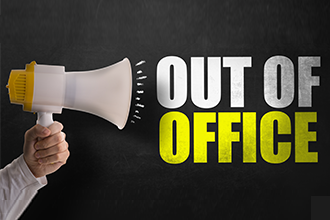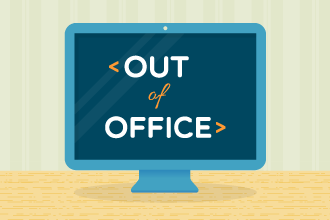The tasks involved in recruiting new employees to a business can take up a lot of HR’s valuable time. But the hard work doesn’t stop when an offer of employment is made to the successful candidate. This starts the snowball rolling on a ton of activities that need to be carried out before the new employee’s first day. This avalanche is known as the employee onboarding process and getting it right is vital for your new hire’s experience of joining your company and for your company’s image. Looking for employee onboarding best practices should always be top of mind for HR.

Best Practices For A Smooth Onboarding Process
The key to a memorable and slick onboarding experience for your new hire is preparation. This means getting started well in advance of their start date to plan and organize not only the tasks that need to be completed, but how you want the look and feel of their entry to the company to be. Here are several employee onboarding best practices you can put into place.
1. Keep in touch
It’s a great idea to reach out to new hires before they start. All too often, individuals are made a formal offer of employment and then have little or no communication with their new employer before their first day, which can feel cold and unwelcoming for them. Start building commitment and engagement early on by sending a welcome email to your new hires, telling them how excited you are to get them on board, and giving them a taste of what their induction period will entail.
2. Make their first day memorable
A great first day will give your new hire enthusiasm and a sense of positivity about their future with you. Think carefully about what you want to introduce them to on their first day. Obvious practicalities such as IT access need to be arranged, but steer clear of sitting them in front of a computer for hours.
Another great employee onboarding best practice is a team lunch where they can get to know their colleagues and take time to relax can be a great way to make the first-day fun and fruitful. Also consider some one-to-one time with the line manager, giving both the opportunity to talk about their future hopes and expectations within the role and to go through their induction and training programme, so they know what to expect during the coming days and weeks.
3. Communicate the culture early and often
Try not to get too hung up on making sure your new hire is up to speed with the company’s policies and procedures and instead focus on helping them to understand your core values and culture. This could include how colleagues communicate with each other, expectations between employees and managers, customer and client relationships, etc. Rules and processes can be learned later; if your new hire gets quickly onboard with the way you do business, they are much likely to succeed in their role.
4. Get to grips with technology
Finally, one of the core employee onboarding best practices is to make sure your technology is working great before the new hire arrives. HR software offers great opportunities to support overworked line managers and HR teams with organizing the onboarding of new employees, rather than relying on manual, paper-based methods which can let the process down and cause errors or problems before the new hire has even started.
Improve the Onboarding Process with Kissflow HR Cloud
The above areas are just some ideas for employee onboarding best practices. As you can see, the tasks vary in scope and usually involve liaison across multiple teams and individuals, meaning co-ordinating activity and tracking completion can be difficult.
As part of its suite of HR apps, Kissflow HR Cloud offers an onboarding template where users can set up and customize standard, automated workflows for each of the tasks that form the complete onboarding process. For example, HR teams can set up workflows to send personalized welcome emails from a template to new hires in advance of their start date, or automatically request IT access so it is ready before their first day.
Line managers can use pre-set workflows to arrange their new team member’s induction by setting up training courses and meetings. And automatic feeds from new employee records mean the new employee’s details will be pre-populated on holiday and absence charts, timesheets, etc. for added convenience.
These workflows help to make an otherwise repetitive and messy process, slicker and more streamlined. The fact that many of the tasks are automated or set by reminders means it is much less likely something crucial will be missed. This saves the time of line managers and HR teams and also serves to give the new employee a positive first impression of their new company.
Capitalize on Employee Onboarding Best Practices With Kissflow
In summary, getting the onboarding process right is critical to set your new employee off in your organization on the right track. Using workflows in HR software, such as Kissflow’s onboarding app, allows for greater consistency, higher quality of the onboarding process and fewer working hours spent carrying out manual tasks.







.webp)



